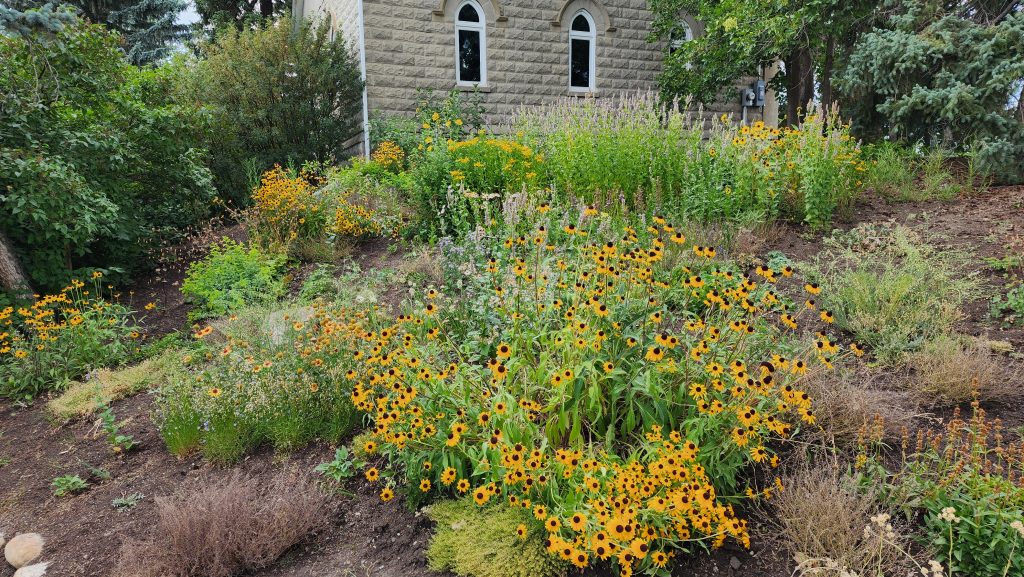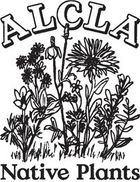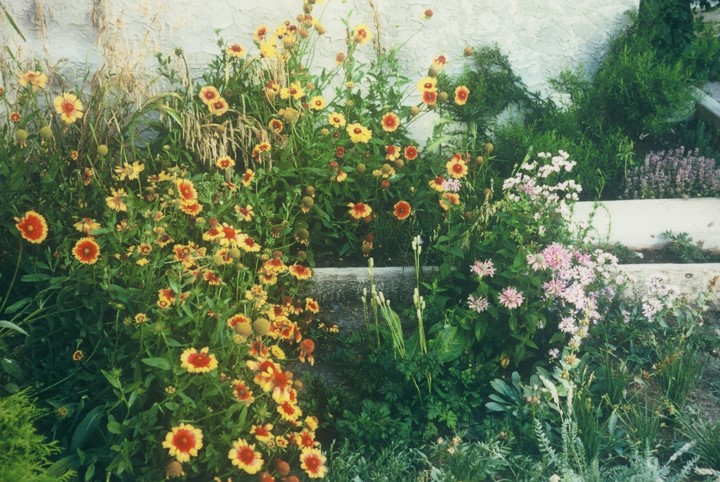You asked and we answered! Native plants are gaining popularity across Canada but many people still have questions about their benefits, growing conditions, and ecological impact.
In this guide, we’ve compiled answers to some of the most commonly searched questions about native plants. Whether you’re wondering when to plant them, how they contribute to soil health, or where to buy them, we’ve got you covered.
Read on to learn more about how native plants can support biodiversity, improve your garden, and contribute to a healthier environment.
Why Are Native Plants Important?
Native plants play a crucial role in maintaining biodiversity and ecosystem health. They support essential services such as clean water filtration, nutrient cycling, and pollination. Many insects, including the Monarch butterfly, rely on specific native plants for survival. Monarch caterpillars, for example, can only feed on Milkweeds.
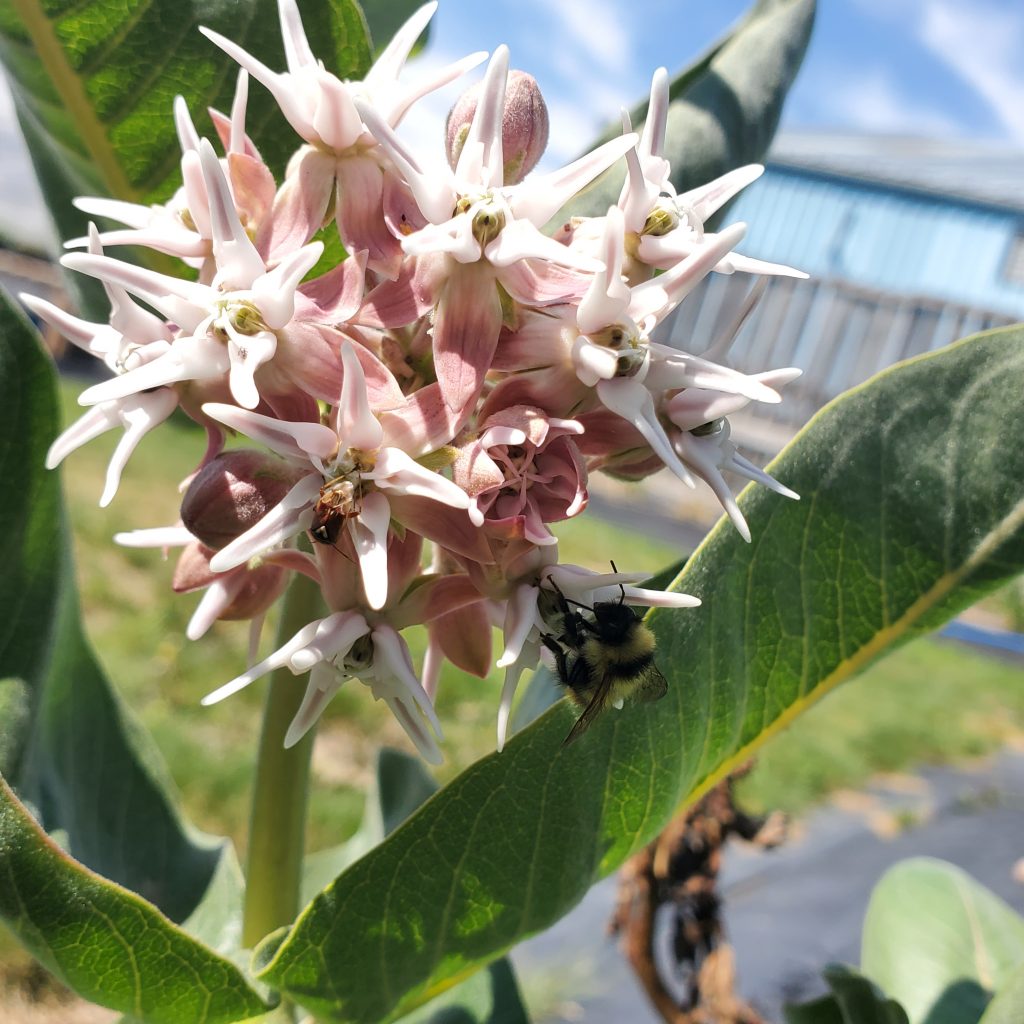
With native plant populations in decline, planting and protecting them is one of the most impactful actions we can take for the environment. These plants are naturally adapted to local climates, making them ideal for low-maintenance gardens that require minimal watering or fertilizers. Additionally, many native species have edible and medicinal properties, offering direct benefits to humans.
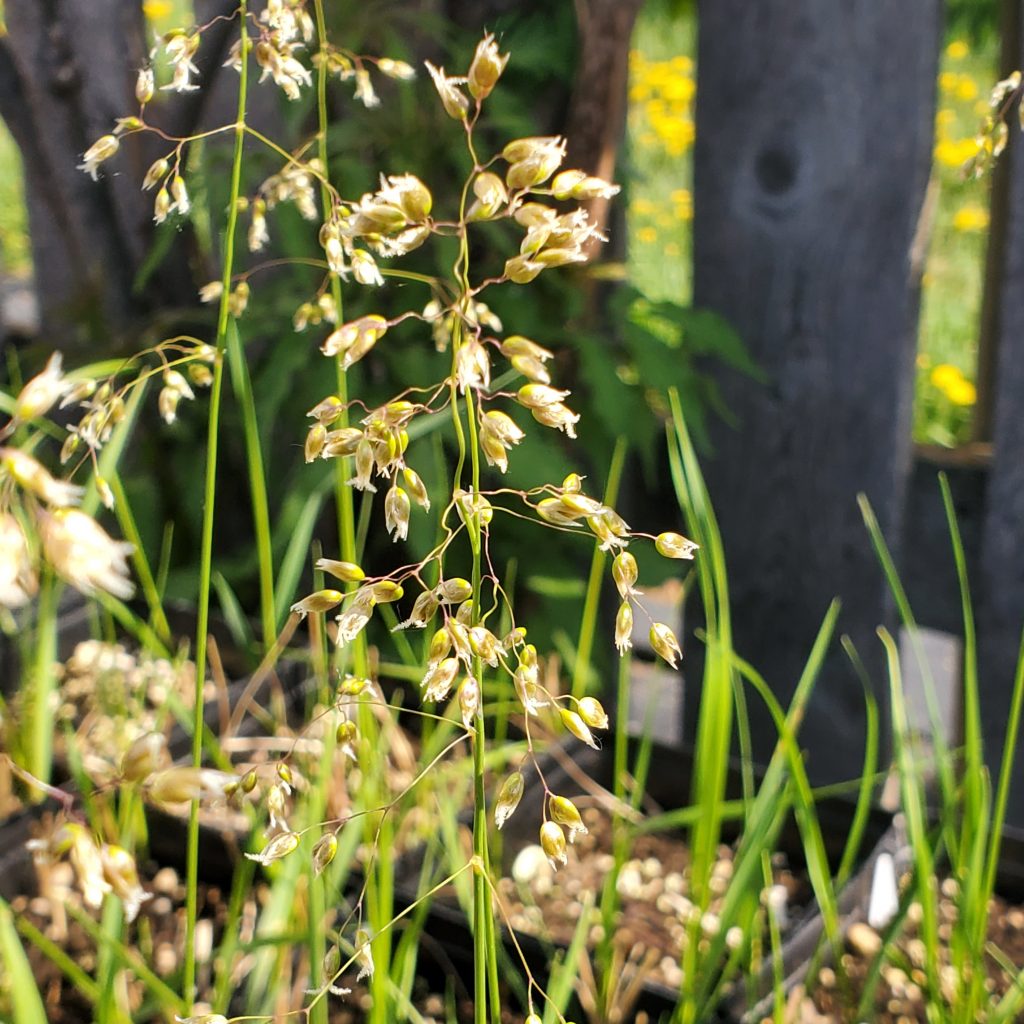
Beyond ecological benefits, native plants hold deep cultural significance for Indigenous peoples across Turtle Island. Species like Prairie Sage and Sweetgrass are traditionally used in ceremonies and healing practices.
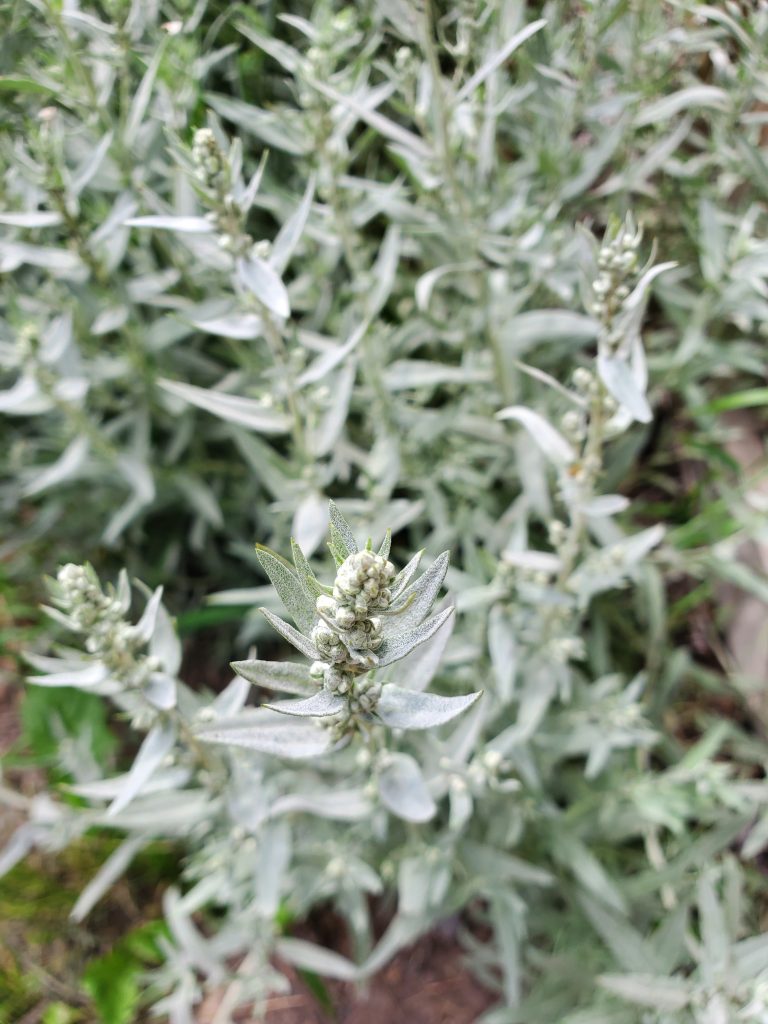
When to Plant Native Plants?
Native plants can be planted anytime during the growing season. However, keep in mind that summer plantings may require more water to establish than those planted in spring or fall.
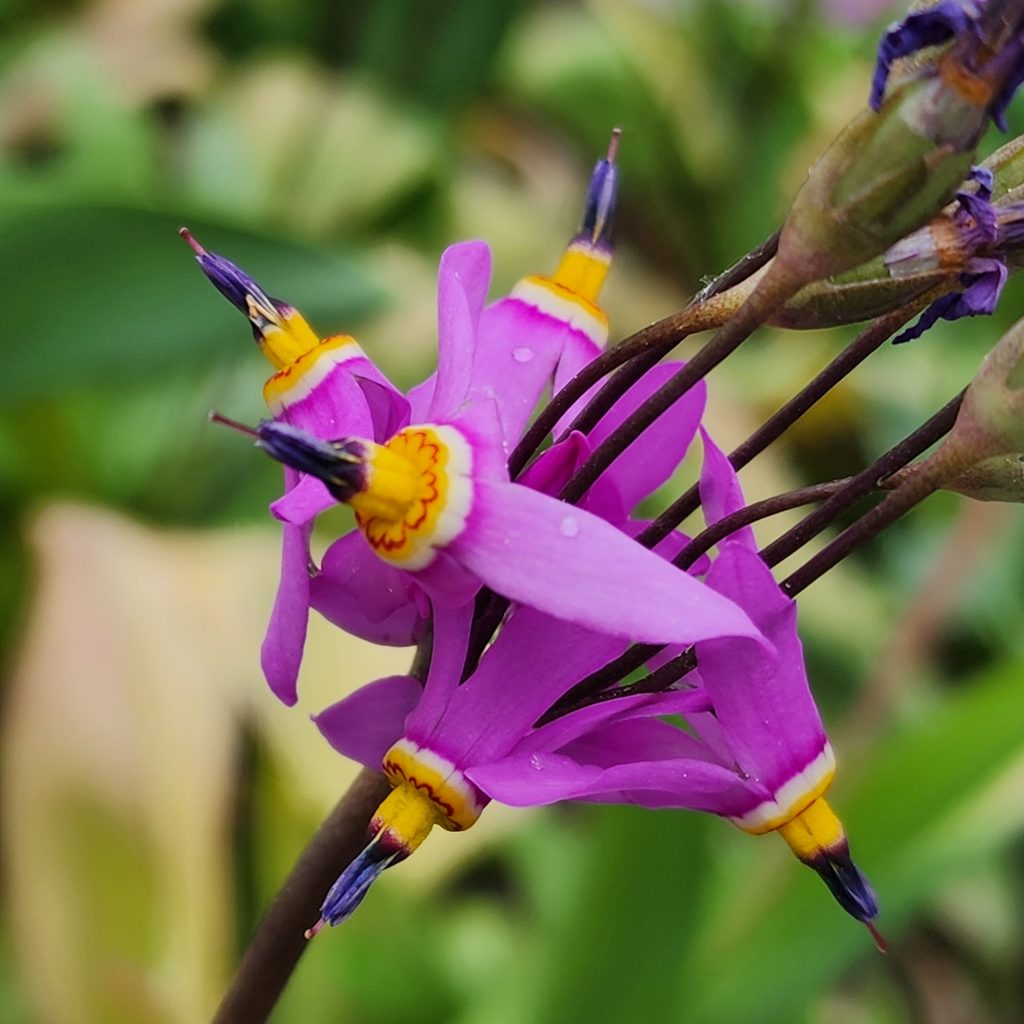
Unlike most conventional cultivated plants, native plant propagation is a complex process influenced by nature. Some species take several years to germinate, while others are best grown by division. For instance:
+ Canada Anemone is difficult to grow from seed but establishes well through division. Live plants may not be available for purchase until summer or fall as a result.
+ Shooting Stars, when grown from seed, only reach a sellable size in their second year. This results in plants being unavailable some years.
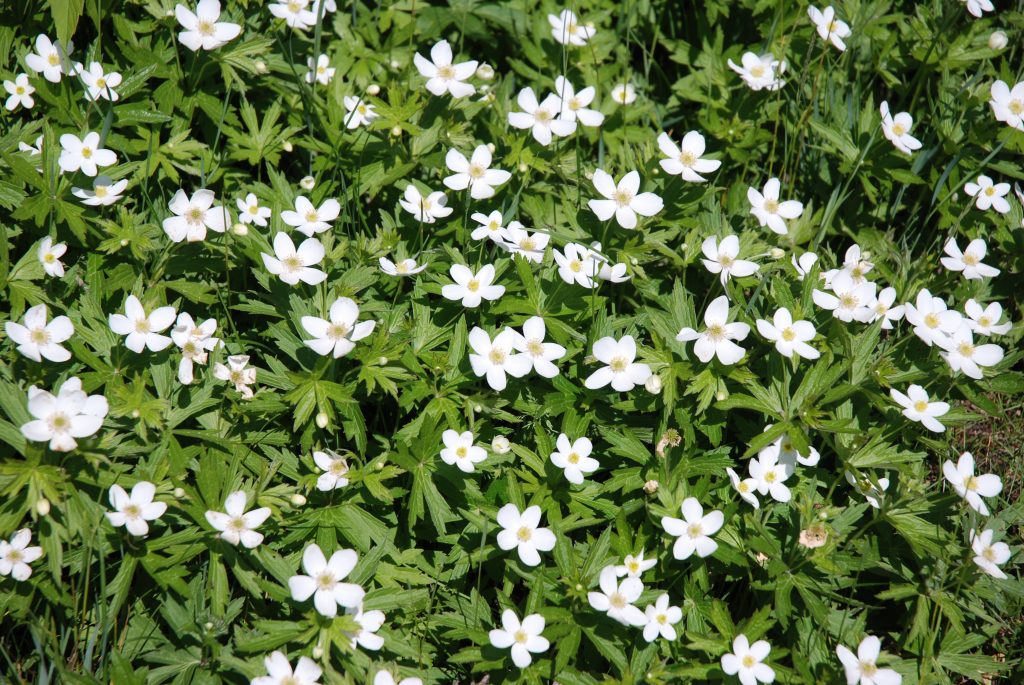
We encourage flexibility and patience—native plants follow natural cycles that aren’t always predictable.
Can Native Plants Be Invasive?
The term “invasive” typically refers to non-native species that cause ecological and economic harm. In Canada, native plants are not classified as invasive. However, some native species can spread aggressively outside their natural range, potentially disrupting local ecosystems.
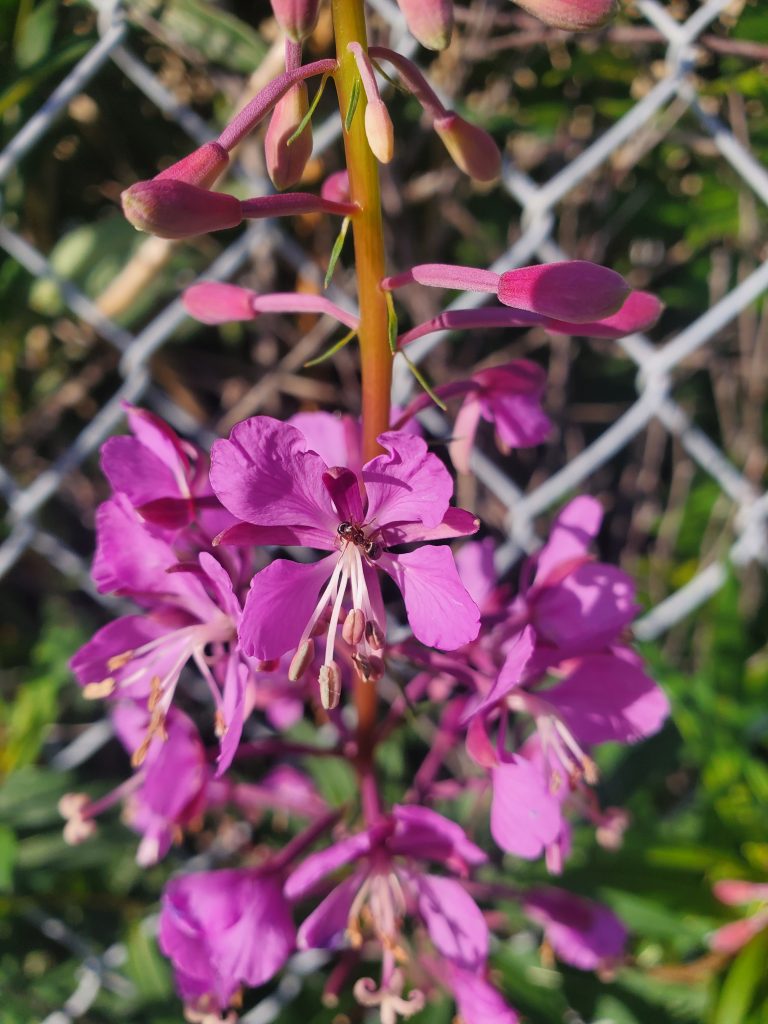
Certain native plants also thrive in disturbed environments, leading to their classification as “weeds” in agricultural settings. However, these plants serve important ecological roles, providing habitat and food for wildlife. Examples include:
+ Fireweed
+ Milkweed
+ Gumweed
Rather than eliminating aggressive native plants, we can use them strategically—for example, in urban areas, back alleys, or heavily disturbed landscapes where other species struggle to grow.
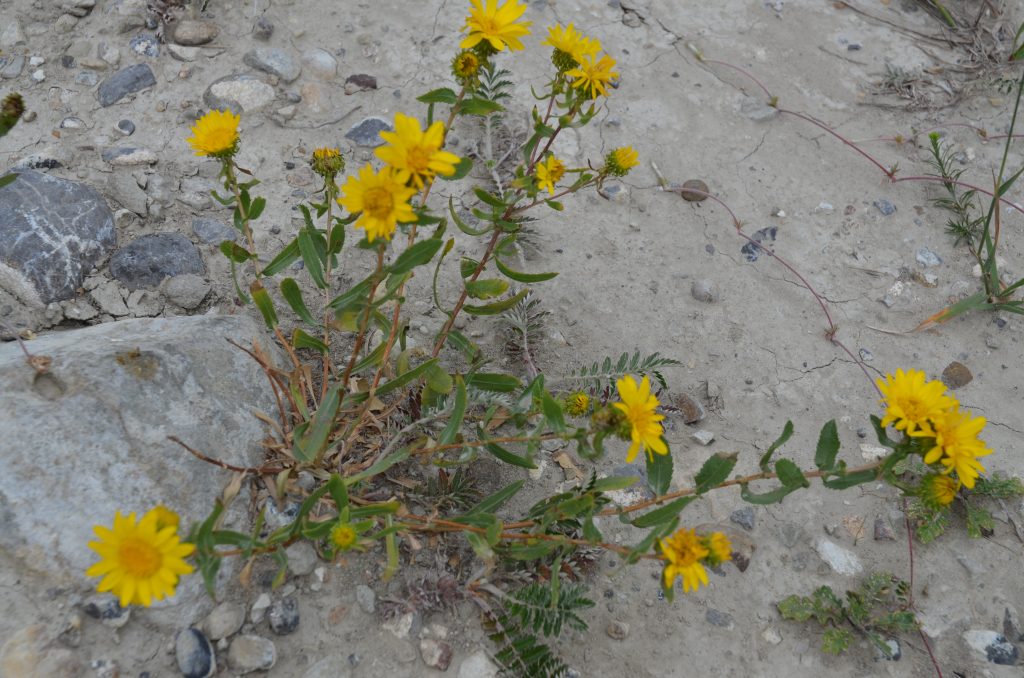
Which Native Plants Take Nutrients From the Soil?
All plants extract nutrients from the soil, but native species often contribute to soil health rather than depleting it. Most native plants form symbiotic relationships with mycorrhizal fungi, which enhance nutrient uptake and support beneficial soil microbes and invertebrates, contributing to a healthy soil ecosystem.
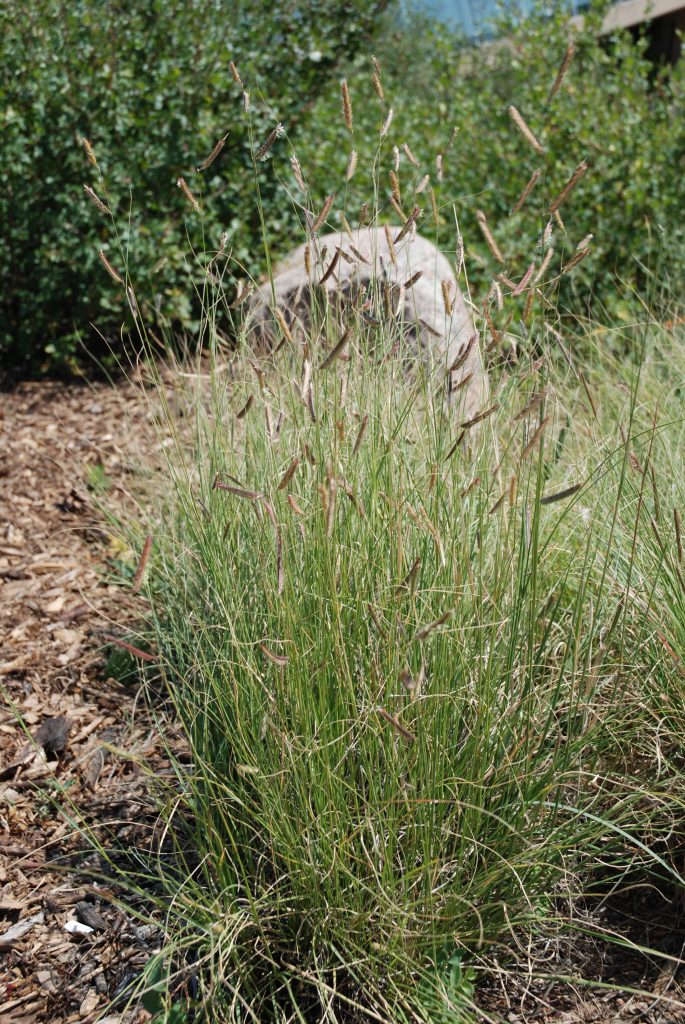
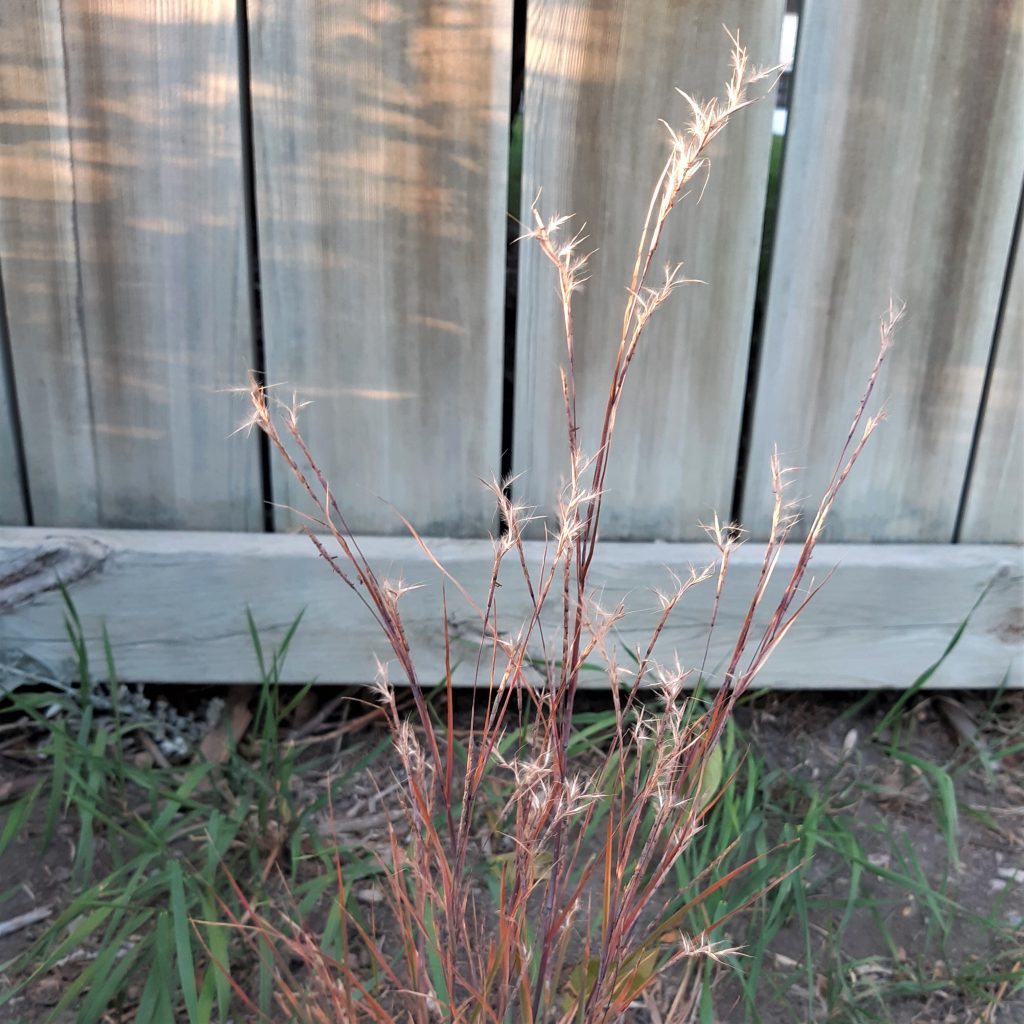
Some examples of native species that enrich the soil:
+ Deep-rooted grasses like Little Bluestem and Blue Grama Grass prevent erosion and improve soil structure.
+ Nitrogen-fixing plants like Golden Bean, Prairie Clover, Wolf Willow, and Canada Buffaloberry naturally replenish nitrogen, reducing the need for synthetic fertilizers.
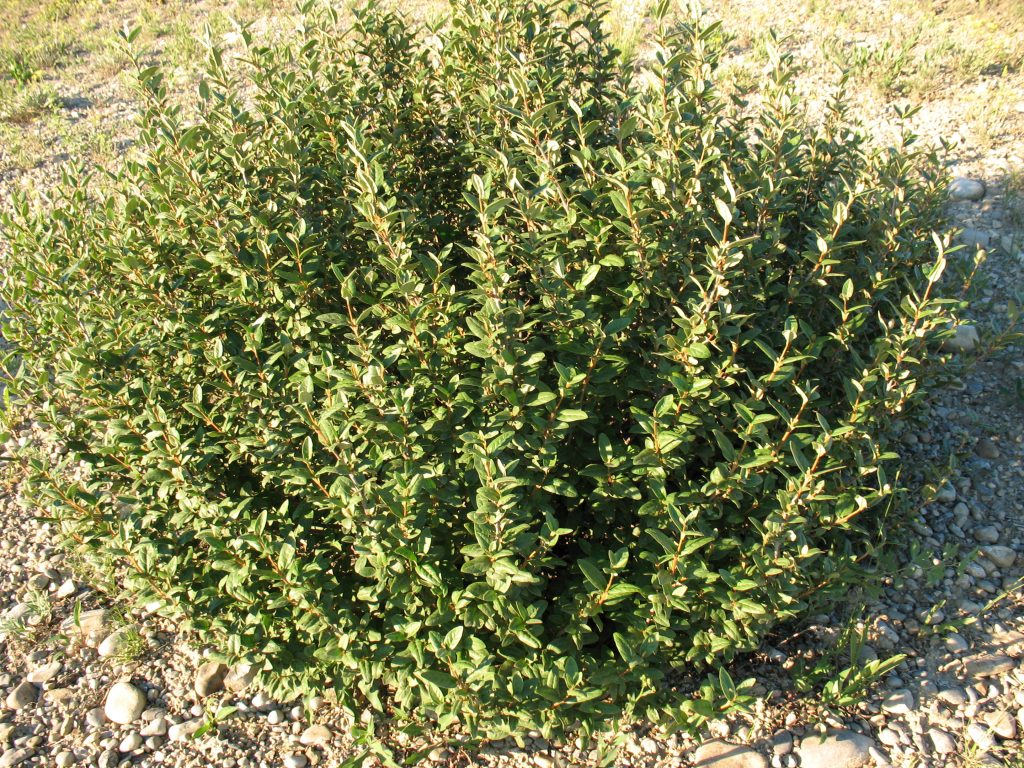
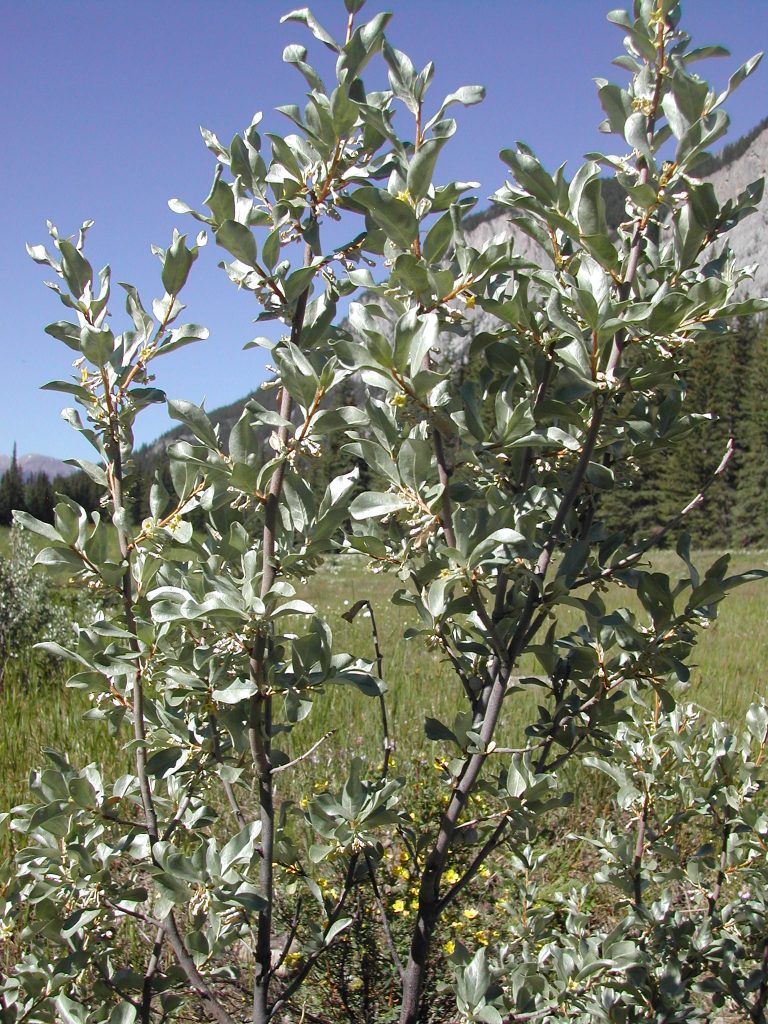
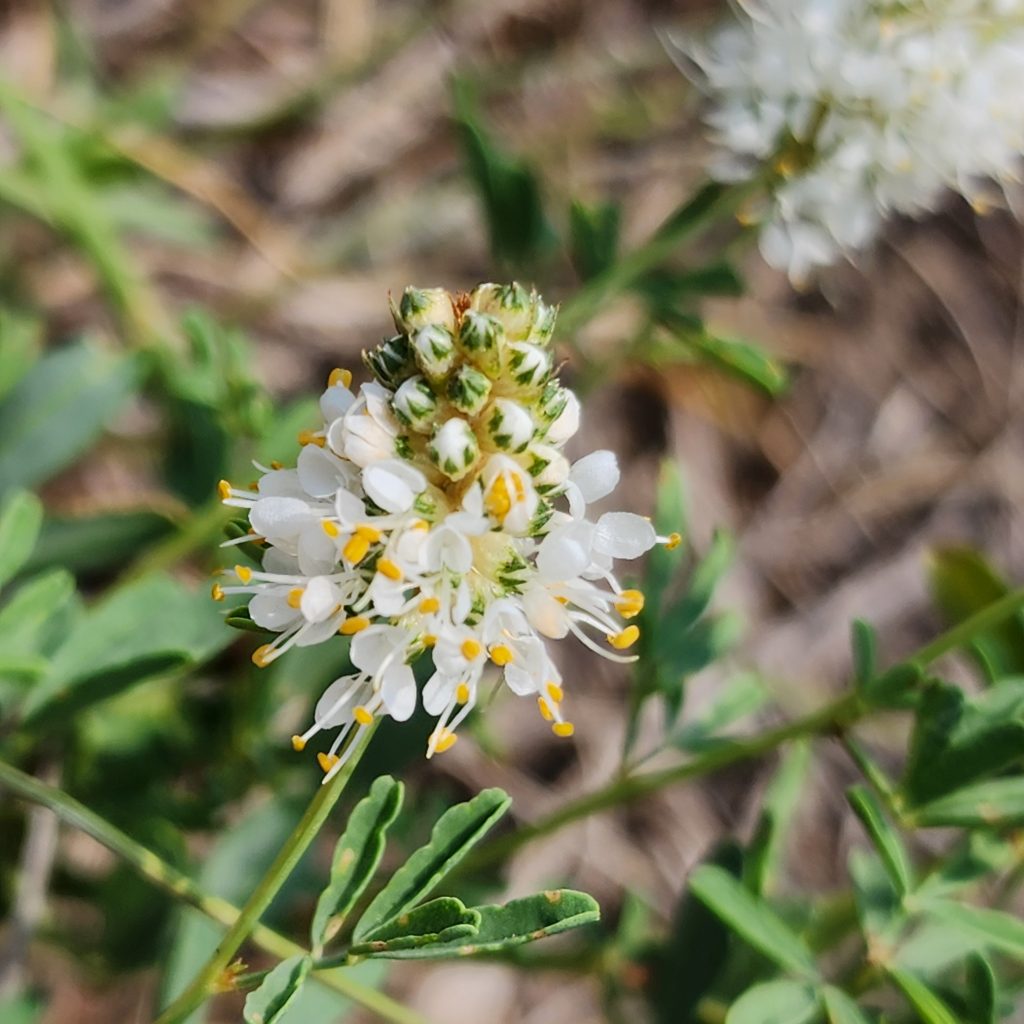
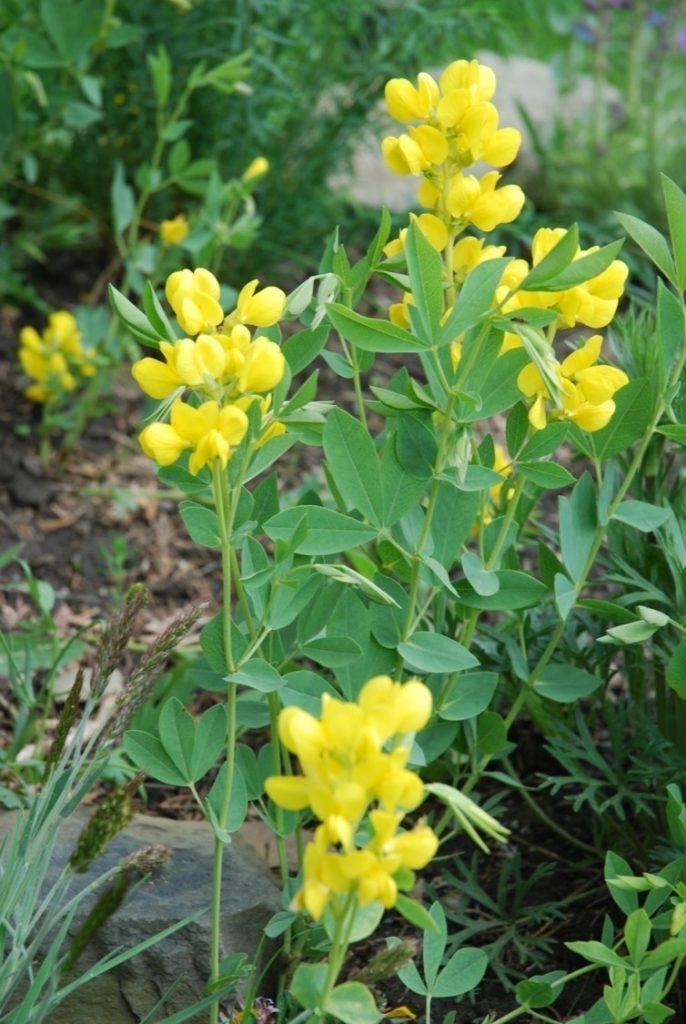
What Native Plants Do Deer Eat?
Deer browse on many native plants but tend to avoid species that are toxic or highly aromatic. Examples include:
Toxic plants: Tall Larkspur, Baneberry
Aromatic plants: Boreal Yarrow, Prairie Sage, Beebalm
If deer pressure is a concern in your garden, incorporating aromatic or toxic plants can help deter them.
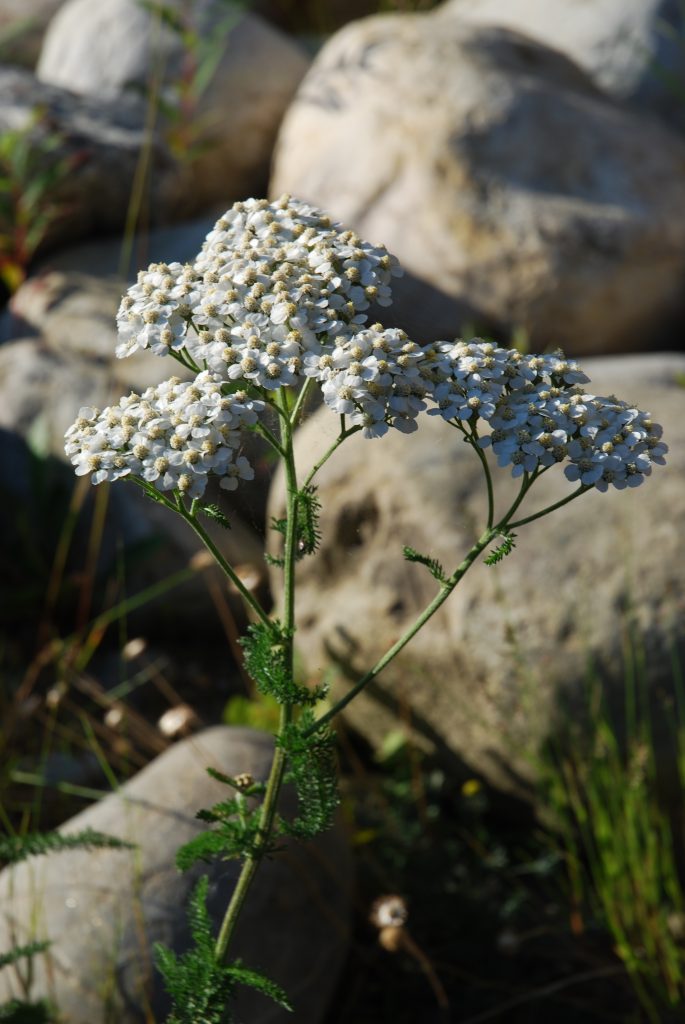
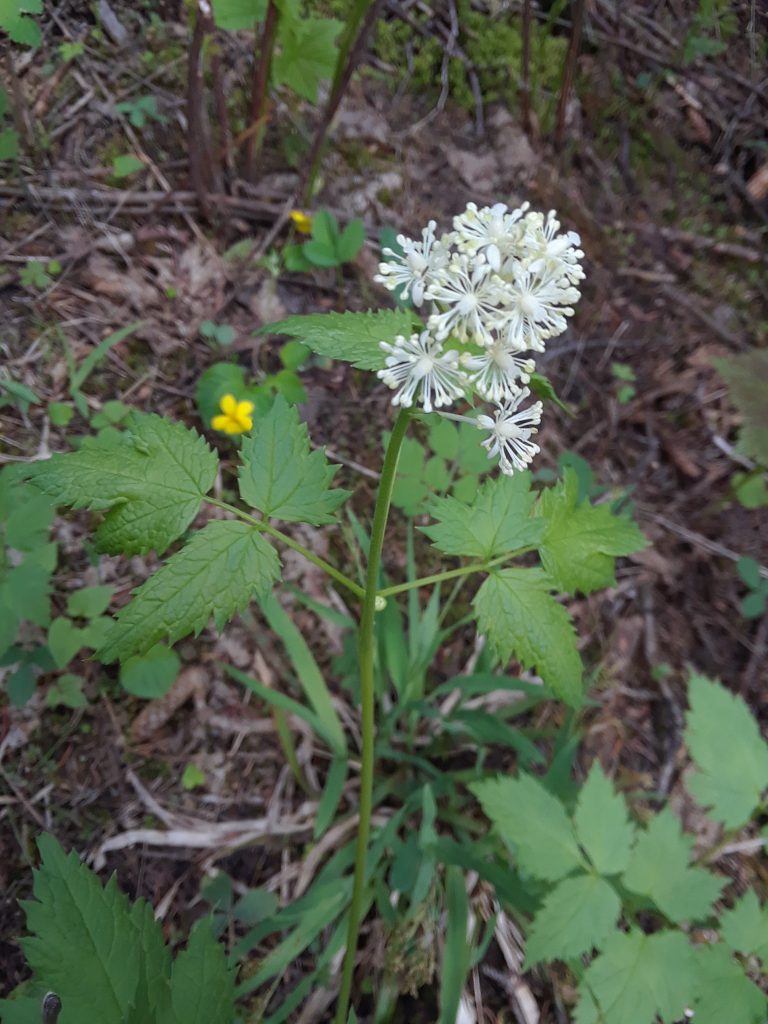
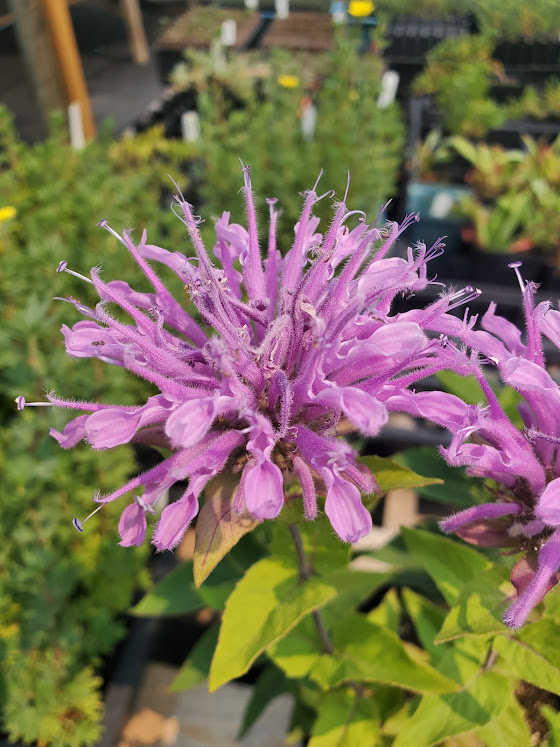
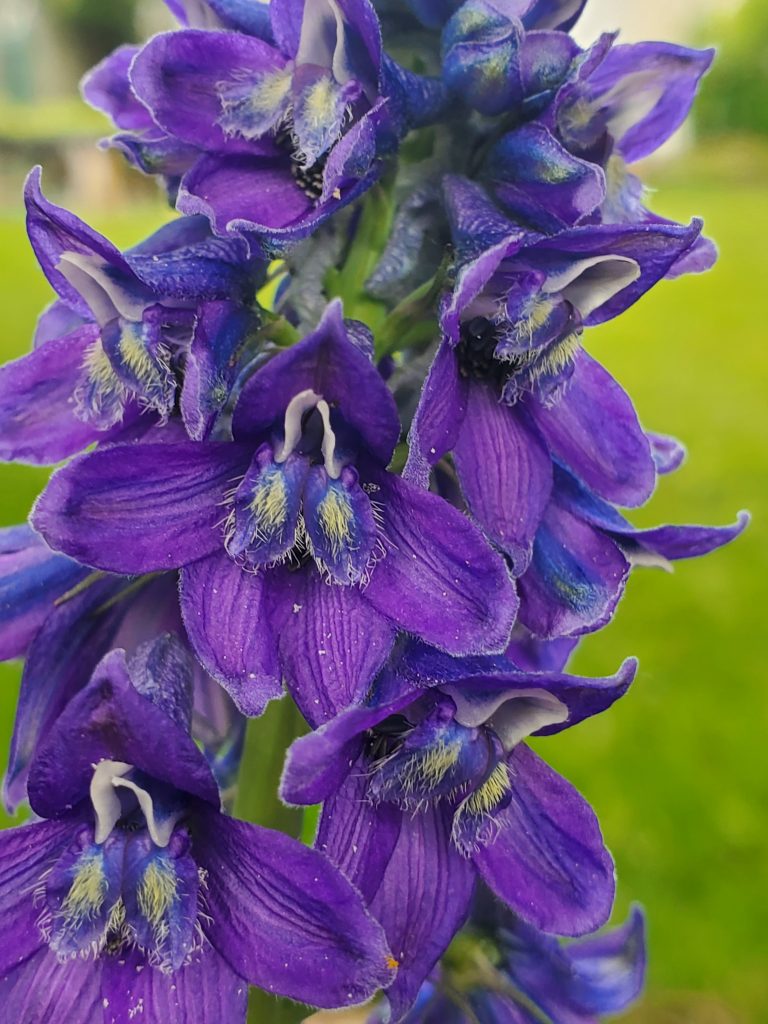
How Do Native Plants Help the Environment?
Native plants support ecosystem function by increasing biodiversity. They attract a wide range of insects and wildlife, creating resilient landscapes that require fewer human inputs like water, fertilizers, and pesticides. This makes them a sustainable choice for gardeners and land managers alike.
Where to Buy Native Plants Near Me?
Your local native plant council or society can provide recommendations for reputable vendors.
We specialize in plants native to Central and Southern Alberta and also supply species suitable for other parts of Canada including British Columbia, Saskatchewan, Manitoba.
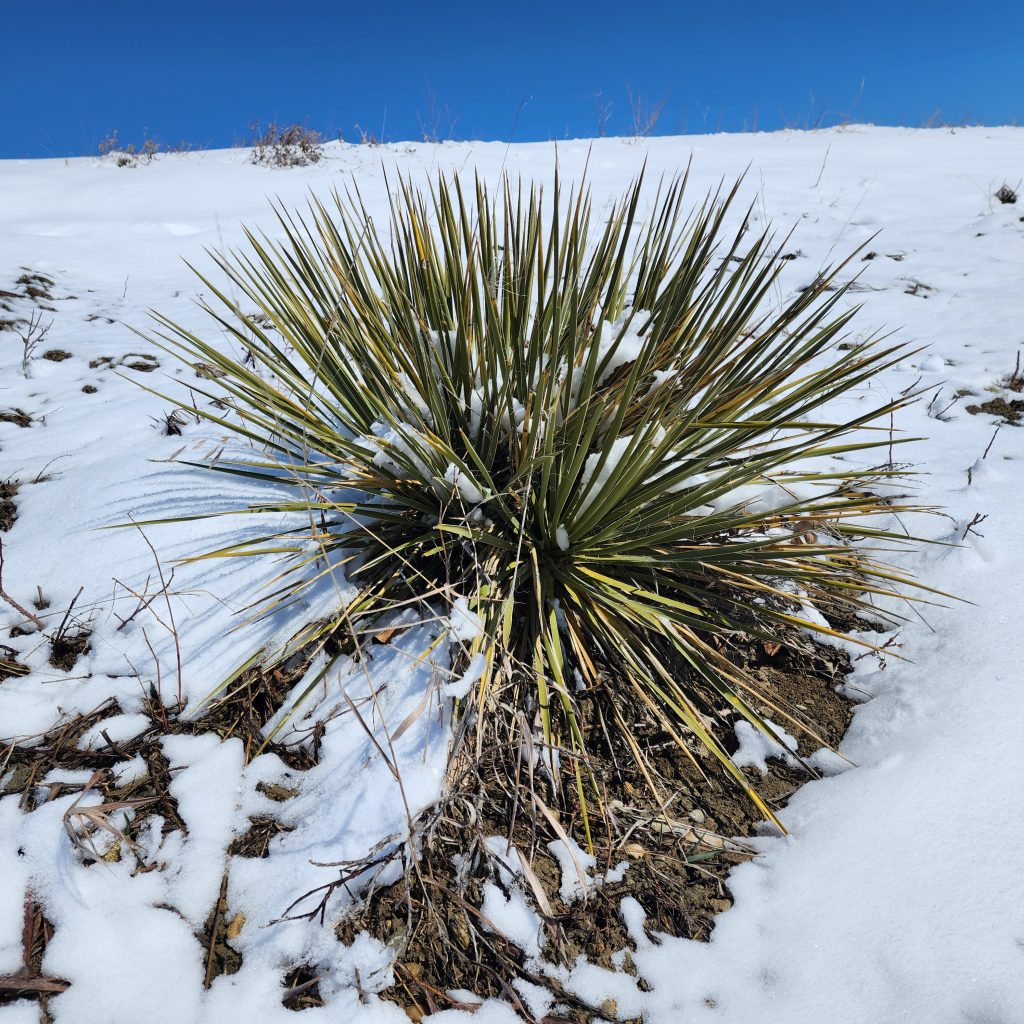
Some native plants have vast natural ranges, making them suitable across much of Canada. However, sourcing plants from northern latitudes may be preferable for better climate adaptation. For example, we’ve observed that Soapweed Yucca seeds sourced from Montana have higher overwinter survival rates than those from Colorado.
When choosing native plants, selecting locally sourced seeds and plants is a good practice to ensure long-term success.
Looking to start your native plant garden? Browse our selection and bring biodiversity to your backyard today!
